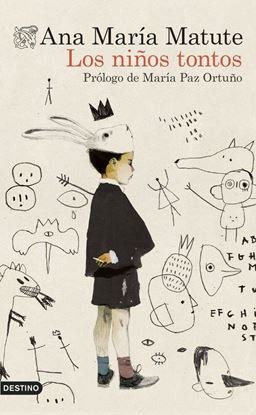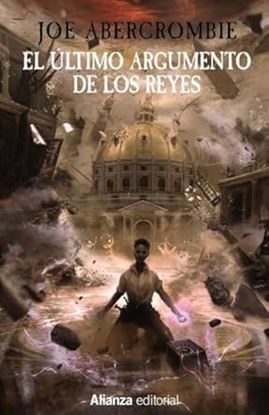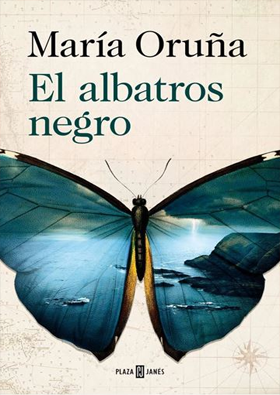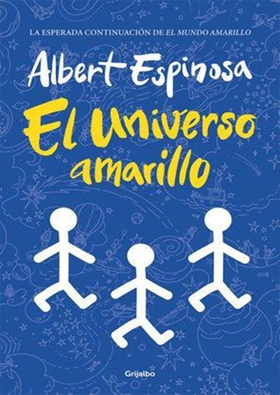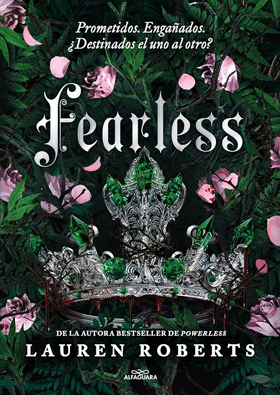

TRES DIAS DE JUNIO
Gail Baines ha tenido un mal día. No está segura de si ha dejado su trabajo de forma voluntaria o si la han echado. Es la víspera de la boda de Debbie, su hija, y esta no ha tenido la delicadeza de invitarla al día de spa organizado por su futura consuegra. Para terminar de rematar todo, su exmarido Max se ha instalado en su casa sin avisar, cargado con un gato y sin tan siquiera un traje para asistir a la boda. Pero la verdadera crisis llega cuando Debbie les confía un secreto, del que acaba de enterarse, sobre su futuro marido, que podría dar al traste con el enlace, además de remover el pasado de Gail y Max.
Una novela construida sobre las alegrías y los sinsabores del amor, el matrimonio y la vida familiar, narrada con la sensibilidad, el mordaz sentido del humor y la maestría de la ganadora del Premio Pulitzer.
1,350
LOS NINOS TONTOS
Dentro de su labor como escritora de cuentos, la maestría de Ana María Matute queda patente en este volumen, que está compuesto por veintiún relatos brevísimos más dos de inéditos hasta la fecha. La brevedad en la extensión queda compensada ampliamente por la gran riqueza narrativa que encierran. Estos cuentos, dedicados a niños alegres en un mundo triste, componen una gran pintura impresionista y de una belleza serena.
1,350
LA GRULLA DOLIENTE
En agosto de 1923, un mes antes del Gran Terremoto de Kanto, la poetisa Kanoko Okamoto se hospeda en el ryokan Hiranoya (actual Hotel New Kamakura) para veranear con su singular familia. Allí coincide con Ryunosuke Akutagawa. Tras el azaroso encuentro, Kanoko descubrirá el drama que arrastra el famoso escritor y que lo conduciría al suicidio apenas cuatro años más tarde. Aquel triste recuerdo fue revelado al mundo en esta obra, una autoficción que narra con desgarradora pasión la singular conexión entre una poetisa y un famoso escritor antes de su doliente ocaso. La grulla doliente es la obra debut de una de las escritoras más singulares de la literatura japonesa y, sin duda, una de las más polémicas.
1,350
RYAN Y AVERY
Nací niño en un cuerpo que mucha otra gente veía como el de una niña».
Cuando un chico de pelo azul (Ryan) conoce a un chico de pelo rosa (Avery) en una fiesta, ambos sienten una conexión inexplicable pero intensa. En esta novela los seguimos a lo largo de diez citas mientras superan su timidez inicial y se enamoran: entre tormentas de nieve y castigos, presentaciones a los padres (los de Avery) y no-presentaciones (los de Ryan), desamor y todo el tiempo que transcurre entre esas diez emocionantes citas.
1,350
NINGUN AMOR ESTA VIVO EN EL RECUERDO
Una mujer se reencuentra con un antiguo amante, pero entre ellos solo queda un profundo vacío. Otra siente que la soledad le aprieta el cuello una noche en Melilla. Una familia debe abandonar su casa de madrugada para no morir en un incendio. Un asesino contiene su perversidad el día de su cumpleaños. Un hombre imagina a su exmujer afrontando la cotidianidad sin él. Una pareja se enfrenta a una decisión que dinamitará su amor mientras una rata corretea por el portal de su casa. Dos vecinos conviven con la incomunicación y los prejuicios durante años.
En estos relatos, gran parte de ellos inéditos, Lara Moreno aborda con sutileza los ángulos escondidos de las relaciones humanas y los temibles silencios que con frecuencia las atraviesan.
1,350
EL ULTIMO ARGUMENTO DE LOS REYES. LEY 3
El Rey de los Hombres del Norte se mantiene, y solo hay un guerrero que lo pueda detener. Su viejo amigo y su enemigo más antiguo: ha llegado la hora de que el Sanguinario vuelva a casa... Glokta está librando una lucha secreta en la que nadie está seguro y nadie es de fiar. Y como sus días de guerrero están lejos, utiliza las armas que le quedan: chantaje, tortura... Tumultos, luchas, rebeliones se extienden como un incendio. Sólo el Primero de los Magos tiene un plan para salvar el mundo, pero esta vez hay riesgos. Y no hay un riesgo más terrible que romper la Primera Ley... El último argumento de los reyes es el volumen que cierra la impresionante trilogía de una voz que ya es imprescindible en la fantasía moderna.
1,350



